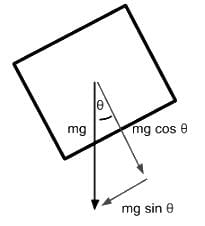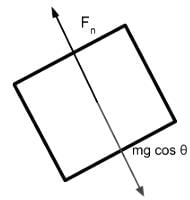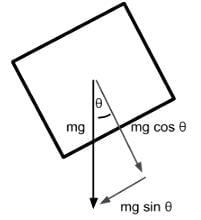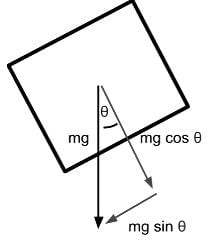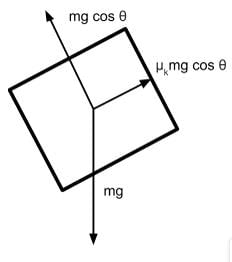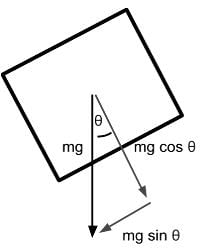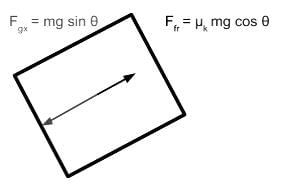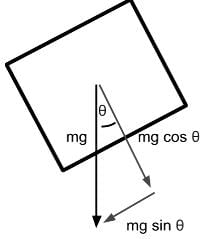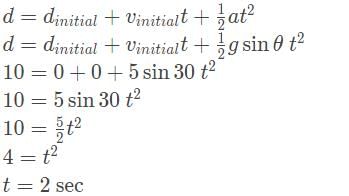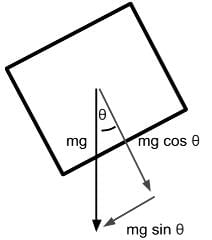Test: Vector Analysis and Forces Acting on an Object - 3 - MCAT MCQ
10 Questions MCQ Test - Test: Vector Analysis and Forces Acting on an Object - 3
An object of mass m is placed on a frictionless inclined plane as indicated below. Which of the following expressions represent the normal force on the mass due to the inclined plane?
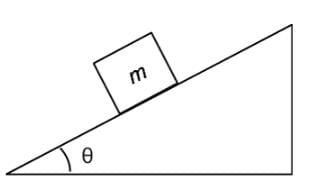

An object of mass m is placed on a frictionless inclined plane as indicated below. Which of the following expressions represent the acceleration of the mass down the inclined plane?
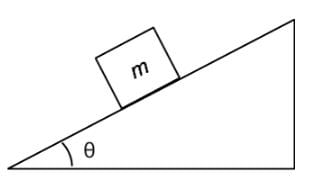

What is the gravitational force experienced by box of mass 50 kg moving down a frictionless plane inclined at a 60°, degrees angle?
A block of mass m is sitting motionless on a plane with an incline of θ, a coefficient of static friction of μs, and a coefficient of kinetic friction μk. Which of the following will occur once the plane is elevated on one side, increasing θ?
A block of mass m is sliding down on a plane with an incline of θ and a coefficient of kinetic friction of μk as shown below. Which of the following free-body diagrams demonstrates the various forces acting on this block?
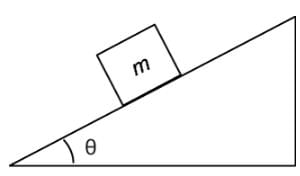
A block of mass m is sliding at a positive constant acceleration down a plane with an incline of θ, a coefficient of static friction of μs, and a coefficient of kinetic friction μk. Which of the following expressions represents the net force on the block?
An object of mass m = 1 kg is initially placed on a frictionless plane, inclined by an angle θ = 30° as indicated below. How long does it take the mass to move the distance of 10 m down the incline?

An 8 kg block is placed at the top of a plane inclined by 30° with a coefficient of kinetic friction of 0.1. What is the block’s acceleration down the ramp?
Which of the following changes would increase the net acceleration of mass m down the frictionless inclined plane?
What happens to the acceleration of a block as it moves down a frictionless inclined plane?


